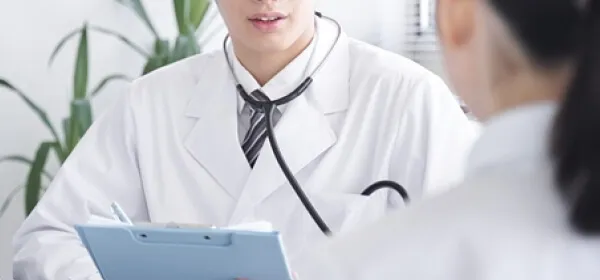There are many causes of chronic pain, but the three most common causes are:
(1) Painful disease (nociceptive) pain:
Pain caused by diseases such as rheumatoid arthritis, diabetes, and cancer. Damage occurs to specific tissues and organs, resulting in chronic pain.
(2) Pain caused by nerve pain (neuropathic):
This pain is caused by symptoms such as shingles or nerve damage caused by a traffic accident. It occurs when nerves are damaged and send abnormal signals.
(3) Pain due to psychological effects (psychogenic):
Pain caused by stress, anxiety, depression, etc. The neural mechanism that suppresses pain in the brain is disrupted by psychological factors, resulting in persistent pain.
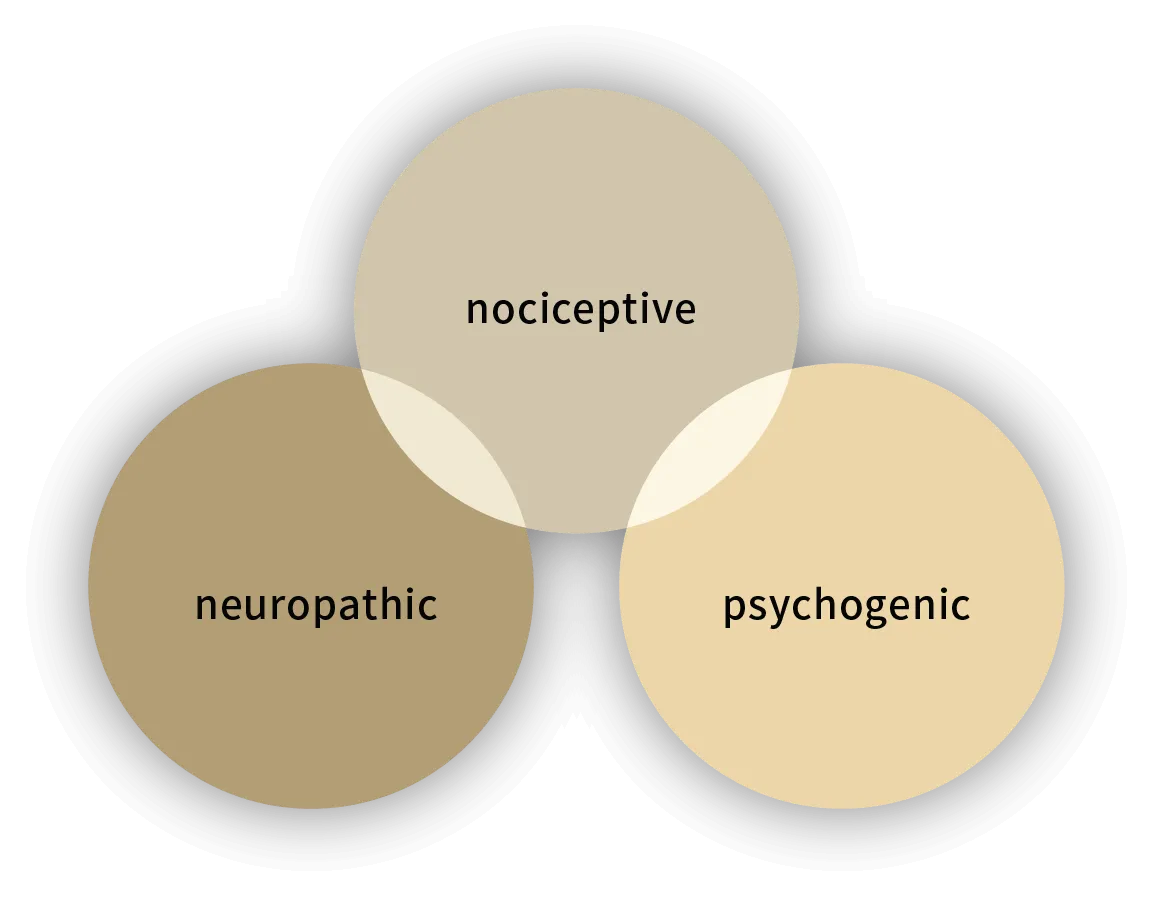
Stem cells have the ability to differentiate into different types of cells in the body, and are expected to promote the regeneration of tissues and organs targeted for treatment. This regenerative ability may contribute to the repair of damaged tissue and pain relief. Stem cells also have anti-inflammatory properties and may contribute to pain relief when inflammation is the cause of chronic pain. This is expected to have the effect of suppressing inflammation and protecting surrounding tissues.
Stem cells can also influence the immune system and modulate excessive immune responses. This is expected to have an impact on pain caused by chronic autoimmune diseases. Treatment usually uses stem cells collected from the patient himself, so it is said to be less invasive, such as surgery, and recovery is relatively quick. Collection from patients themselves may provide tailored treatments for each individual patient.
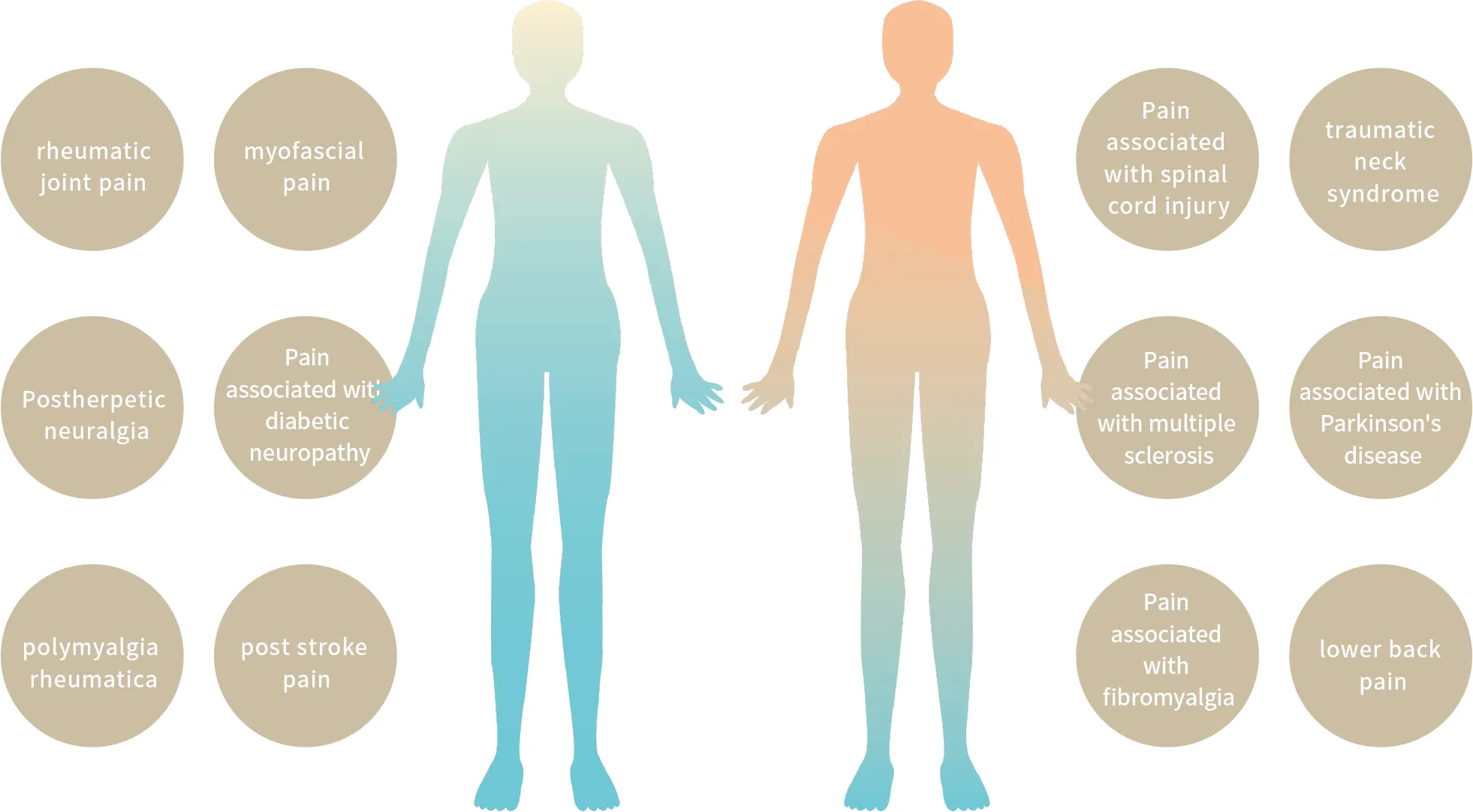 Click to enlarge
Click to enlarge
First, we carefully listen to the patient's wishes and assess the patient's condition. The doctor will then explain the purpose, treatment details, safety, etc. of regenerative medicine.

After obtaining consent from the patient, we will draw blood and conduct tests. When blood is drawn, various tests are performed to check for infectious diseases such as viruses.
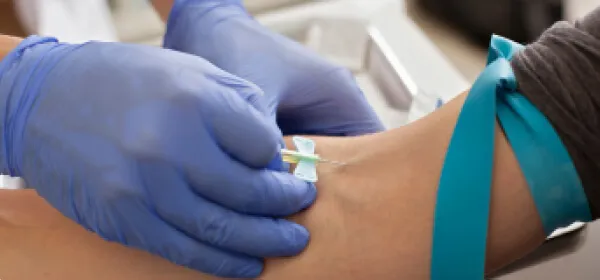
A small amount of adipose tissue is collected from the subcutaneous fat of the desired area. Because the fat is harvested through a small incision, the scar is hardly noticeable.
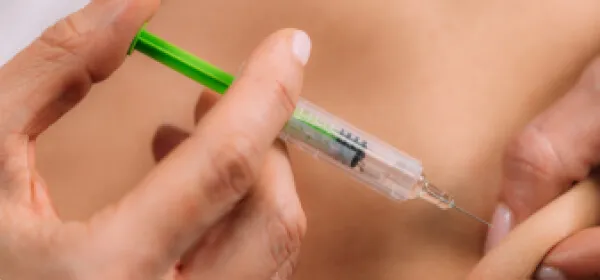
The collected fat is immediately sent to the cell culture processing facility provided by our hospital and culture begins. Cell culture and processing are performed in a clean room under strict positive pressure control.
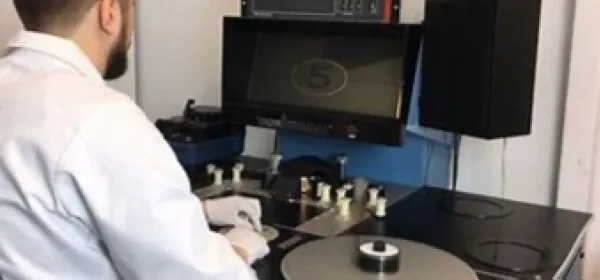
After checking the patient's physical condition, we will administer the stem cells intravenously. The duration is approximately 1 hour. The initial culture period is 6 weeks. This includes 4 weeks of culture and 2 weeks of safety checks. After the first time, the culture period is 4 weeks.
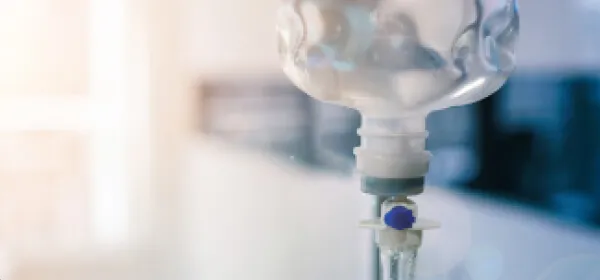
After administering cultured stem cells, regular checkups are performed to check for changes in condition. Based on the results, we will support you with advice on future policies.
